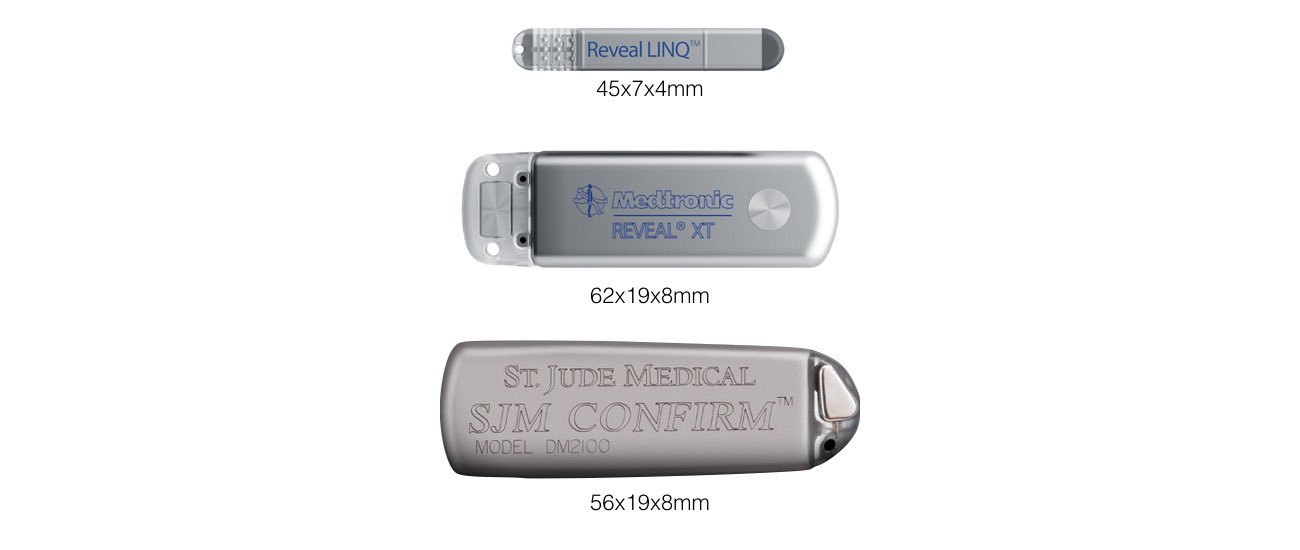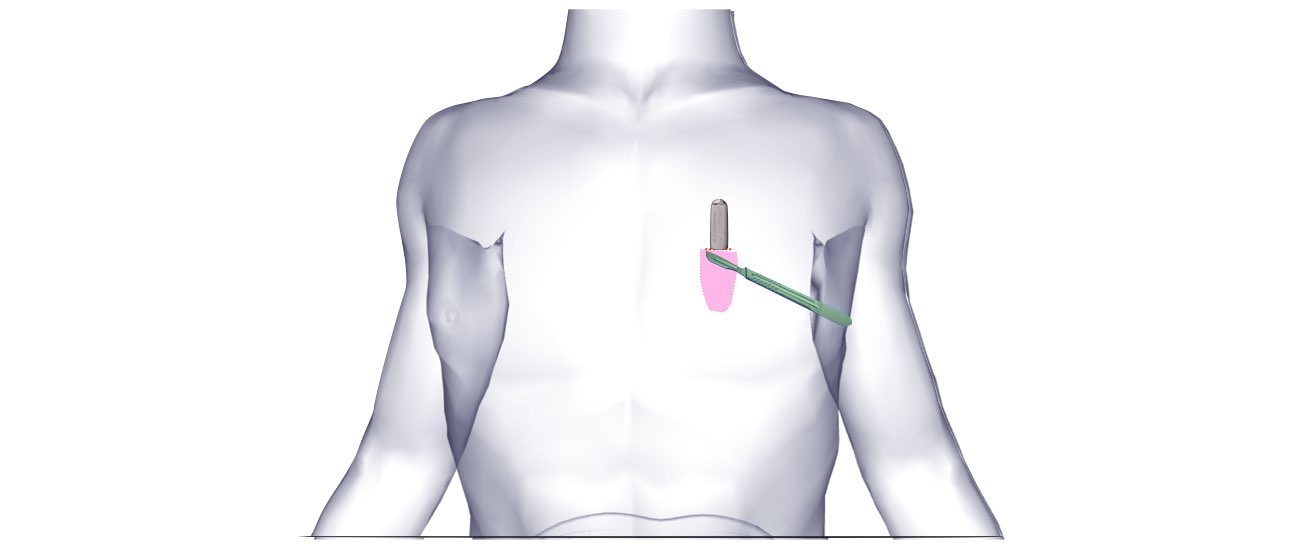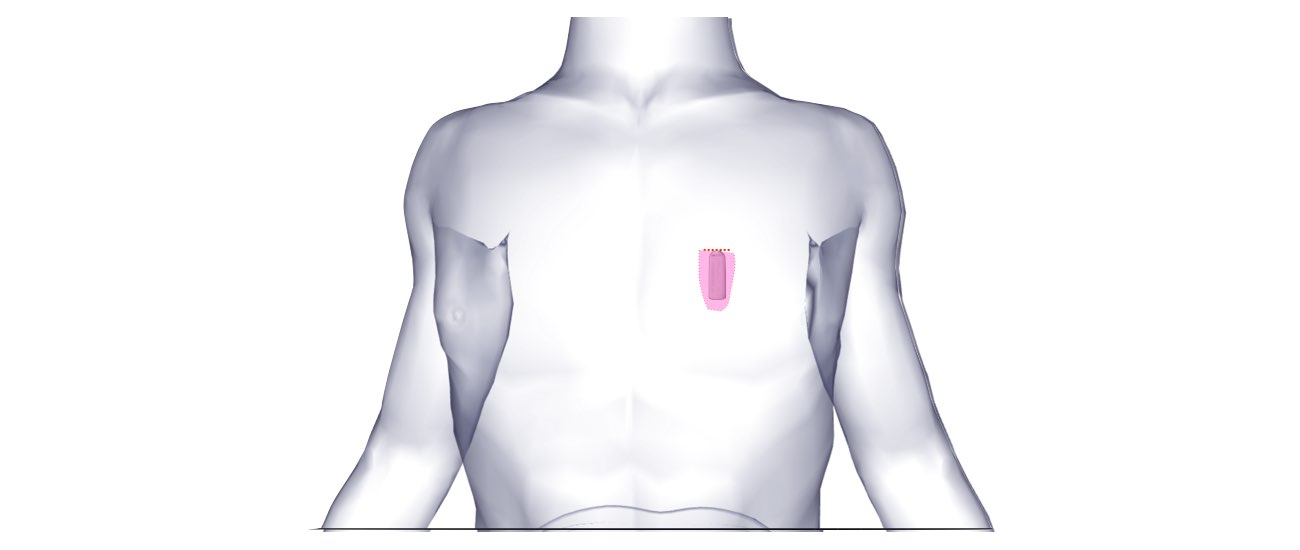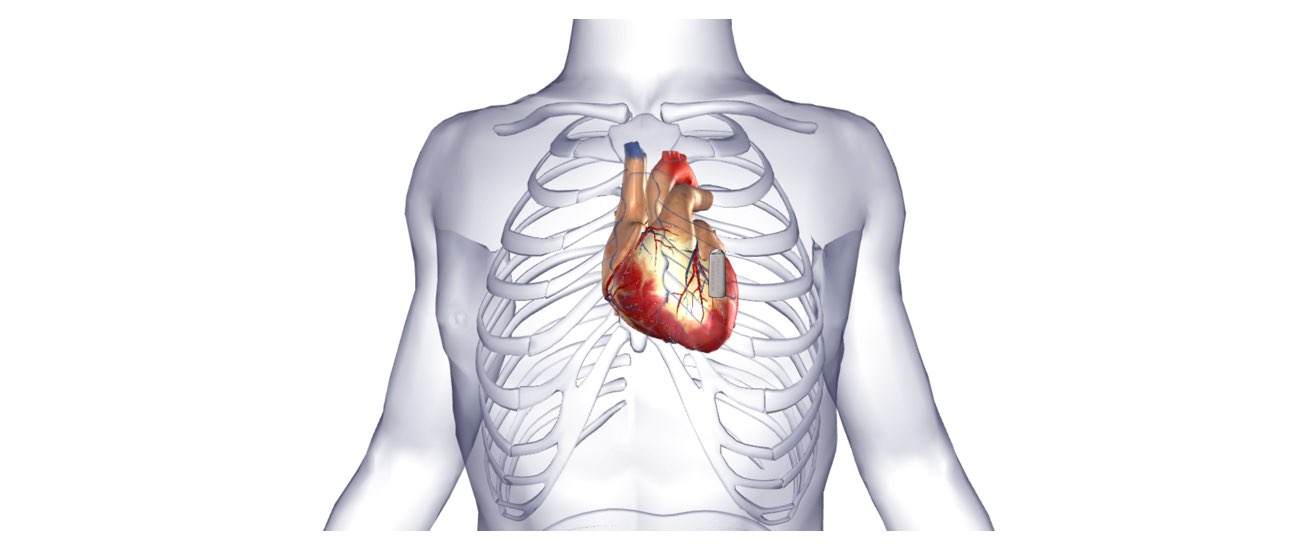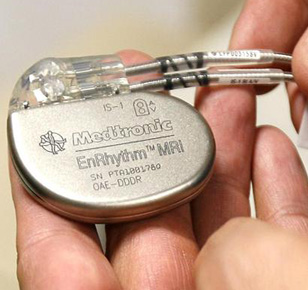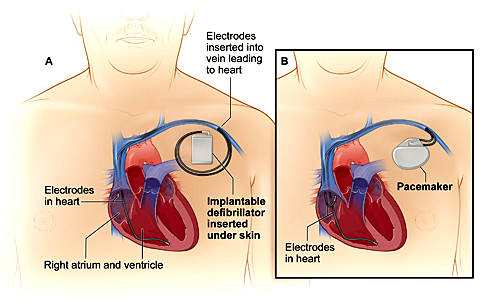Although the device is monitoring your heart rhythm continuously, it can be manually activated to record a short segment of your heart rhythm when you are experiencing symptoms. We can then use this recording to determine if your symptoms are due to an abnormal heart rhythm. Our technicians will explain to you how to manually activate your implantable loop recorder.
If you experience one of your episodes when you are back at home, please call our department and fix an appointment for device interrogation.
If you are taking anti-coagulation (blood thinning) medication eg warfarin then you will need to stop this for approximately 5 days before your procedure. Your doctor may arrange for you to have daily heparin injections after you stop the warfarin.
You will also require an ECG and blood test before the procedure. The doctor will also confirm the time you should be at the hospital for admission.
You will be required to fast for at least six hours before each of the procedures. If your procedure is in the afternoon you may have a light breakfast. If your procedure is in the morning, DO NOT EAT OR DRINK AFTER MIDNIGHT, except for sips of water to help you swallow your pills.
After the procedure, you will have some bruising and discomfort in the area of the implantable loop recorder that may persist for several weeks. This bruising can create a bluish discoloration over the upper chest and arm. This is normal.
You should avoid strenuous activities with your arm or lifting the arm above your head for 4 weeks. You should refrain from driving for 2 weeks. You should not go swimming, play golf, or bowling for 4 weeks.
A sterile dressing is left over the pacemaker for 6 days. You can carefully remove this dressing yourself on the 6th day after the procedure. At this stage, the wound is sufficiently healed to allow you to shower with the dressing removed.
You will be allowed to go home on the day of the procedure after a few hours once the sedation has worn off. You will be asked to visit our clinic approximately one month after the implant.
Usually, the discomfort and swelling from the wound settle gradually over several weeks. If the wound becomes increasingly tender reddened and swollen or you have any other concerns, you should contact us.
